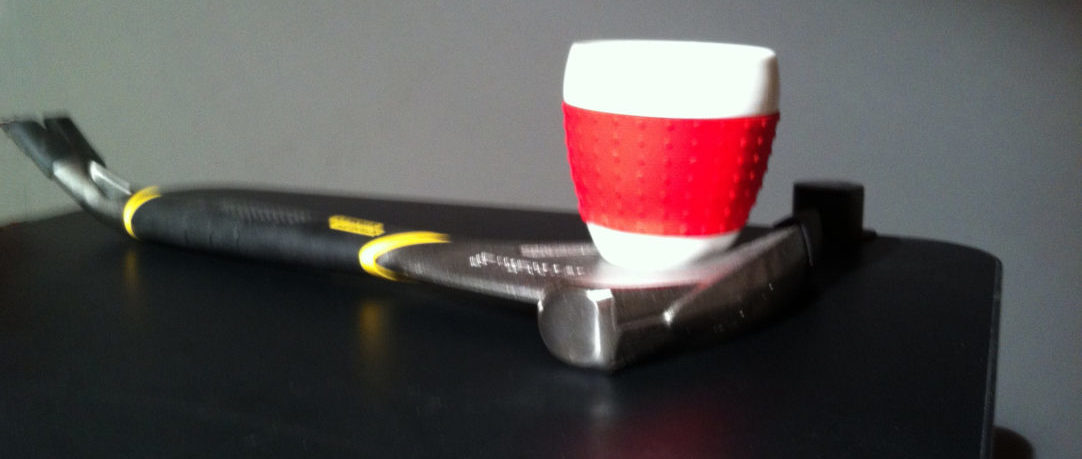The Power of Cute by Simon May
I’ve often used the term weaponized cuteness to refer to “cute” the products coming out of Japan. Hello Kitty and the PARO Therapeutic Robots being particularly good examples(the PARO robot especially. If you ever get a chance to see one in person, be sure to check it out. The videos don’t do it justice — it’s hard to imagine not being calmed and feeling comforted with one of them around).
In The Power of Cute Simon May not only expands the attributes of cute to include uncanniness/unpindownability but also draws an important distinction between the cute and the sweet (or cloying), introducing terms innocent cunning/cunning innocence.
“And, crucially, without heaviness. A grave stance—seriousness, shame, pomposity, anger, condemnation, blame, and their ilk—would destroy Cute instantly, and turn us from doting on its object to despising it”
I think of cats as I write this: this describes the cat that might scratch your hand a bit when playing reflex games, but you don’t have to worry about him (a specific crafty cat I have in mind) going for your face. It’s characterizing something that’s friendly, but independent. A corollary is that cute since it has an “unpredictable independence”, doesn’t necessarily stereotype somehow who identifies with it.
.jpg)
This structure permits a range of possibilities, let’s say from Sanrio’s Hello Kitty to Yoshitomo Nara’s askew children.
What’s interesting, though, is how the range (thinking of Nara’s work in particular) reflects more upon the world than upon the characters themselves. Nara’s characters appear to live in a fairly brutal world, but have only internalized that brutality when it comes to their expectations, they don’t reflect the brutality in their actions. Which reinforces May’s point: cute isn’t dependent upon the world being benign.
In fact, May goes on to analyze how currently cute was partially a response to the horrors of WWII and delineates how a few select items, most notably Mickey Mouse, became cuter as. They evolved from the 1930s to the 1950s.
Though many, perhaps most, actual cute things and styles can be trivial, derivative, and repetitive, the spirit animating them—the spirit of Cute—is anything but. For it is one symptom of modernity’s attraction to the innocence of becoming: modernity’s attraction to understanding human life, indeed existence more broadly, as fundamentally ephemeral, aimless, blameless, without final ends or first causes or ultimate unities—and, moreover, as distorted and denatured by attempting to see in life or existence a “moral world order”; or to judge it as, all things considered, good or bad; or to seize it with one commanding vision. And such an understanding of life and existence, as exemplified in the spirit of Cute, is not in any way resigned or grim or complacent or tragic but is rather playful, unstable, partial, and often frivolous
It’s the acknowledgement that, unlike our forbearers, we’re not going to find meaning in conquest or religion, and although the world can be a violent, unforgiving place, that’s not a cause for despair since we can “always” find some room to play. In this way cute is an emotional response rather than an intellectual one. Cuteness, on the other hand, is not an anti intellectual response, since that would be heavy and confrontational. Cuteness allows us to approach things from as sport/fun without seeking sanction from any absolute overarching authority.
With these additions, May adds a lot of needed subtlety to the discourse around cute and helps to clarify not only why cute has been such a big factor in recent times, but also why many individual cute things, e.g., Hello Kitty have had such staying power. Without the additional factor of uncanniness, they would quickly exhaust their meaning and wouldn’t be able to sustain multigenerational appeal.
My take is that this unpindownability enables a light (as opposed to heavy) protean plasticity that allows it to be readily incorporated into one’s identity, providing some mystery without engendering any antagonism. Cute indicates that you’re not just a vessel for the projections of the desires of others but does it in a way that isn’t at all aggressive so it will rarely elicit negative response. It’s identity judo, deflecting the projection rather than smashing it back to the projector.

Leave a Reply